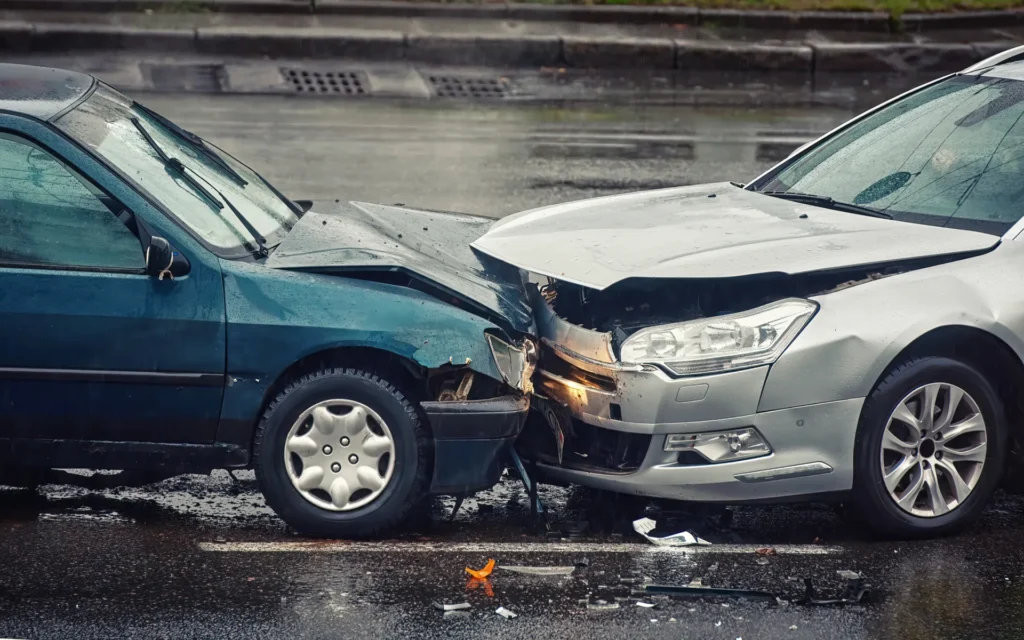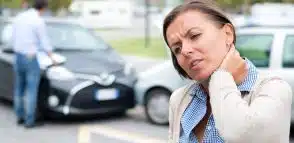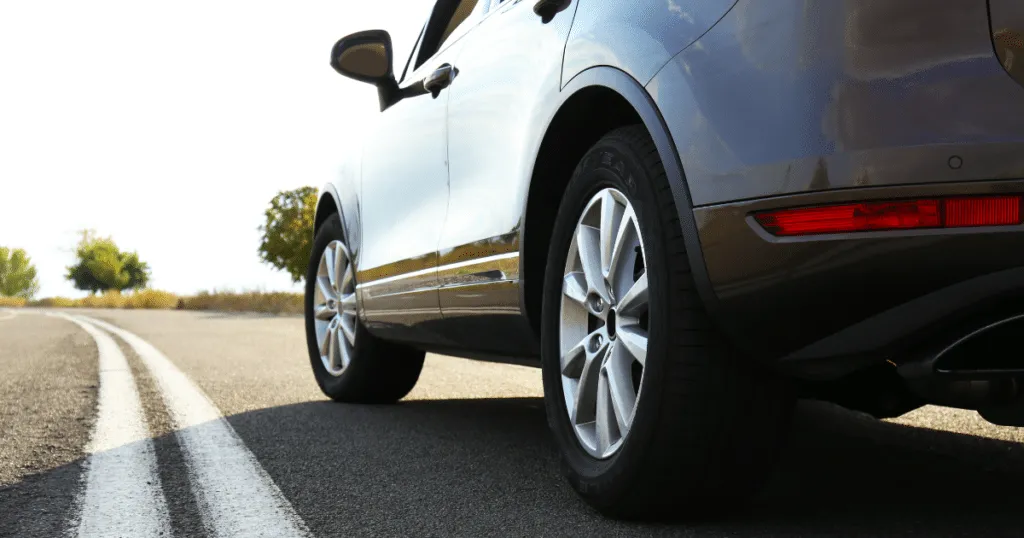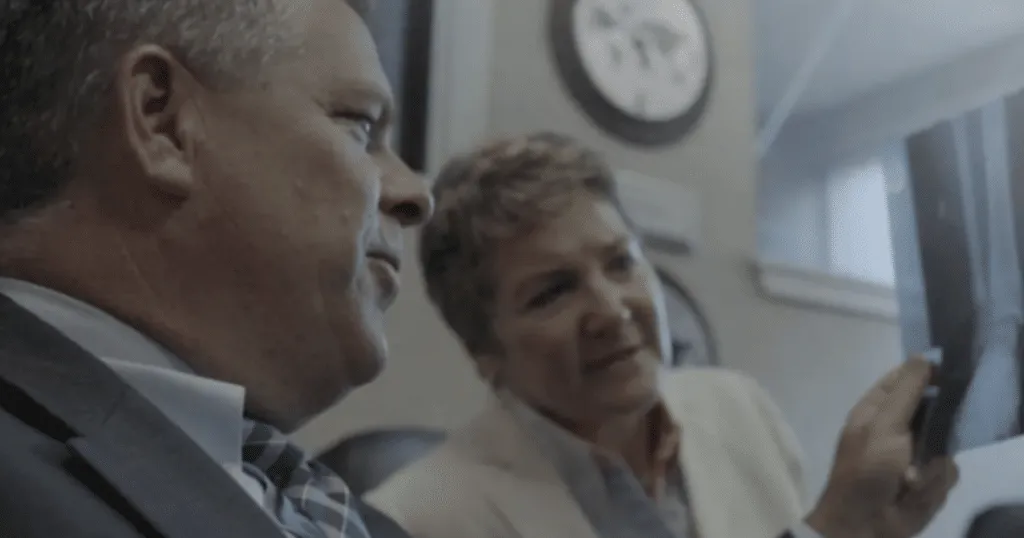
After a car accident, it’s natural for people to assume that the vehicle with the most damage is the one at fault. This assumption seems logical at first glance—after all, if one car has sustained significant damage, it must have been responsible for the collision, right?
However, upon closer examination, this belief doesn’t always hold true. In this blog post, we’ll delve into the complexities of determining fault in car accidents and challenge the notion that more damage automatically equates to more fault.
Understanding Car Accident Fault Through Vehicle Damage
While it’s understandable why many people believe that the car with more damage is at fault, this assumption oversimplifies the complexities of accident investigation and liability determination. In some cases, the vehicle with less visible damage may have contributed to the collision through actions such as sudden lane changes, failure to yield, or running a red light.
When Vehicle Damage Proves Fault
In many cases, the type and location of vehicle damage can provide valuable clues about the sequence of events leading to an accident and help establish fault. Here are some scenarios where damage patterns can indicate fault:
Rear-End Collisions
In rear-end collisions, where one vehicle strikes the rear of another, the rear driver is typically considered at fault. This is because drivers are generally expected to maintain a safe following distance and be prepared to stop or slow down to avoid collisions.
Damage to the rear of the lead vehicle and the front of the following vehicle supports the sequence of events, reinforcing the presumption that the rear driver failed to maintain a safe distance.
Side-Impact Collisions
In T-bone collisions, where the front of one vehicle impacts the side of another, the fault is often assigned to the driver who failed to yield the right of way or ran a stop sign or red light.
Damage concentrated on the side of the vehicle that was struck can indicate the point of impact and help determine which driver violated traffic laws or failed to yield.
Left-Turn Collisions
In accidents involving left turns, where one vehicle collides with another while making a left turn fault typically lies with the driver making the left turn, unless the other driver was speeding or ran a red light.
Damage to the front of the vehicle making the left turn and the side or front of the oncoming vehicle can support the narrative that the left-turning driver failed to yield.
When Vehicle Damage Does Not Prove Fault
There are situations where damage alone may not reliably indicate fault:
Multi-Car Accidents
In accidents involving multiple vehicles, the sequence of impacts and the actions of each driver can be challenging to discern based solely on damage patterns. Factors such as witness testimony, video evidence, and forensic analysis may be necessary to establish fault accurately.
Vehicles Moved Post-Accident
If vehicles involved in an accident are moved before authorities arrive or before a thorough investigation can take place, the original positions and damage patterns may be altered, making it difficult to determine fault based solely on vehicle damage.
Shared Fault
Even in cases where one vehicle sustains more damage, both drivers may share fault to varying degrees. Contributing factors such as speeding, distracted driving, or failing to obey traffic signals can complicate the assessment of fault.
Do you have a case?
If you think you may have a case,
contact us now for a FREE consultation
"(Required)" indicates required fields
Legal and Insurance Perspectives on Vehicle Damage and Fault
Knowing how damage patterns relate to fault can have a big impact on how disputes turn out from a legal standpoint. In a comparable manner, insurance companies decide which claims to pay for and how much to reimburse based on careful assessments of vehicle damage.
Jurisdictional Differences in Fault Determination
The determination of fault in car accidents can vary significantly depending on the jurisdiction in which the incident occurs. While some regions adhere to strict liability principles, others follow comparative negligence or contributory negligence doctrines. Moreover, the interpretation of vehicle damage as evidence of fault may differ among jurisdictions. For example:
- Strict Liability Jurisdictions: In regions with strict liability laws, the driver deemed responsible for an accident is typically held liable for damages, regardless of the extent of vehicle damage. This places a heavier burden on drivers to exercise caution and adhere to traffic laws.
- Comparative Negligence Jurisdictions: In jurisdictions employing comparative negligence, the fault is apportioned based on each party’s degree of negligence. Vehicle damage may serve as one factor among many in determining the percentage of fault assigned to each driver.
- Contributory Negligence Jurisdictions: In regions where contributory negligence is applied, drivers who are even slightly at fault may be barred from recovering damages. Vehicle damage analysis may play a crucial role in establishing each driver’s level of negligence.
Understanding these jurisdictional differences is essential for drivers and legal professionals alike, as they can significantly impact liability and the outcome of legal proceedings.
Insurance Policy Interpretations of Vehicle Damage
Insurance companies play a central role in assessing vehicle damage and determining fault in car accidents. Insurers rely on adjusters and appraisers to evaluate the extent of damage and its implications for fault determination. Several factors influence how insurance companies interpret vehicle damage:
- Policy Terms and Conditions: Insurance policies often contain clauses detailing how fault is determined in accidents. Insurers may rely on these provisions to assess liability based on vehicle damage and other evidence.
- Claims Investigation Process: Insurance companies conduct thorough investigations into accidents to determine fault and assess the validity of claims. Vehicle damage analysis is a critical component of this process, helping insurers understand the sequence of events leading to the accident.
- Precedent and Case Law: Insurance companies may reference precedent and case law to guide their fault determination decisions. Previous court rulings and legal interpretations of similar accidents can inform insurers’ assessments of liability.
The Role of Law Enforcement and Accident Reports in Fault Determination
By carefully evaluating vehicle damage and incorporating their observations into accident reports, law enforcement officers contribute valuable information to fault determination processes. While their assessments are not definitive, they serve as a crucial piece of the puzzle in understanding how accidents occur and who may be responsible.
Impact of Police Reports on Fault Assessment
Police reports play a critical role in determining fault in car accidents. Law enforcement officers are typically called to the scene of an accident to assess the situation, gather evidence, and document their findings in an official report. Here’s why police reports are crucial in fault determination:
- Official Documentation: Police reports provide an official record of the accident, detailing key information such as the location, time, and circumstances of the collision. This documentation serves as a valuable resource for insurance companies, legal professionals, and courts when assessing fault.
- Witness Statements: Law enforcement officers often interview witnesses at the scene of the accident and include their statements in the police report. Witness testimony can provide valuable insights into the sequence of events leading up to the collision and help establish fault.
- Officers’ Assessments: Police officers may include their assessments of vehicle damage in the accident report. While officers are not infallible, their observations can carry significant weight in fault determination, especially if they have relevant training or experience in accident reconstruction.
How Law Enforcement Evaluates Vehicle Damage
Law enforcement officers undergo training to evaluate vehicle damage at the scene of an accident. While their primary role is to ensure public safety and facilitate the exchange of information between parties involved, officers also assess vehicle damage as part of their investigation. Here’s how law enforcement evaluates vehicle damage and its implications for fault:
- Visual Inspection: Officers visually inspect the vehicles involved in the accident to assess the extent and location of damage. They look for signs of impact, such as dents, scratches, and paint transfer, which can help determine the point of collision and the vehicles’ relative positions.
- Photographic Documentation: Law enforcement officers often take photographs of the vehicles’ damage as part of their investigation. These photographs serve as visual evidence that can be referenced during fault determination processes.
- Accident Reconstruction: In cases where the fault is disputed or unclear, law enforcement officers may engage in accident reconstruction to determine the sequence of events leading to the collision. This process may involve mathematical calculations, computer simulations, or the assistance of specialized accident reconstructionists.
What To Do If You’ve Been In A Car Accident
By following these steps, you can protect yourself legally and ensure a smoother claims process with your insurance company. Remember to remain calm and avoid admitting fault or assigning blame at the scene of the accident.
Common Types of Motor Vehicle Accident Collisions
Car accidents can occur in various forms, each with its own characteristics and potential fault implications. Here are some common types of motor vehicle accident collisions:
- Rear-End Collisions: In a rear-end collision, one vehicle strikes the rear of another vehicle. The rear driver is typically considered at fault, as they are expected to maintain a safe following distance and be prepared to stop or slow down to avoid collisions.
- Side-Impact Collisions: Also known as T-bone collisions, side-impact accidents occur when the front of one vehicle impacts the side of another vehicle. Fault may be assigned based on factors such as failure to yield the right of way, running a stop sign or red light, or failing to properly navigate intersections.
- Head-On Collisions: In head-on collisions, the front ends of two vehicles collide. Determining fault in head-on collisions depends on various factors, such as which driver crossed into oncoming traffic, whether a driver was driving recklessly or under the influence, or whether road conditions played a role.
Understanding these common accident types and their usual fault implications can help drivers anticipate potential liability in the event of a collision.
Steps to Take Immediately After an Accident
In the chaotic aftermath of a car accident, it’s crucial to remain calm and take specific steps to ensure everyone’s safety and protect your legal rights. Here are critical steps to take immediately after an accident:
- Check for Injuries: Assess yourself and your passengers for injuries. If anyone is injured, call emergency services immediately.
- Move to Safety: If possible, move vehicles to a safe location to prevent further accidents or injuries. Use hazard lights and warning triangles to alert other drivers.
- Contact Law Enforcement: Call the police to report the accident, even if it’s minor. A police report will document the incident and may be essential for insurance claims and legal purposes.
- Exchange Information: Exchange contact, insurance, and vehicle information with the other driver(s) involved in the accident. Include names, addresses, phone numbers, insurance policy numbers, and vehicle registration details.
- Document the Scene: Take photographs of the accident scene, including vehicle damage, road conditions, traffic signs, and any relevant landmarks. Note the positions of vehicles and any skid marks.
- Collect Witness Information: Obtain contact information from any witnesses to the accident. Their statements may be valuable for insurance claims or legal proceedings.
- Notify Your Insurance Company: Report the accident to your insurance company as soon as possible. Provide them with accurate information and cooperate with their investigation.
- Seek Medical Attention: Even if you don’t feel injured, it’s essential to seek medical attention promptly. Some injuries may not be immediately apparent, and a medical evaluation can ensure you receive proper treatment.
Types of Compensation You May Be Entitled To
If you’ve been involved in a car accident, you may be entitled to various forms of compensation to help cover the damages and losses you’ve incurred. Some common areas of compensation include:
- Medical Expenses: This includes reimbursement for medical bills related to injuries sustained in the accident, such as hospital stays, surgeries, medications, rehabilitation, and therapy.
- Lost Wages: If your injuries prevent you from working or result in a loss of income, you may be entitled to compensation for the wages you would have earned during your recovery period.
- Property Damage: Compensation for damage to your vehicle or other personal property as a result of the accident.
- Pain and Suffering: Non-economic damages such as physical pain, emotional distress, and loss of enjoyment of life. These damages aim to compensate you for the physical and emotional toll the accident has taken on you.
The eligibility for compensation in these areas can be affected by fault determination. In fault-based systems, such as those that follow contributory negligence or comparative negligence principles, your compensation may be reduced or denied if you are found to be partially at fault for the accident. However, in no-fault insurance states, you may be entitled to compensation regardless of fault, but the amount and types of compensation available may be limited.
How an Attorney Can Assist in Your Case
Navigating the complexities of fault determination and securing compensation after a car accident can be daunting, especially if you’re dealing with injuries and emotional distress. An experienced attorney can provide invaluable assistance in several ways:
- Legal Expertise: Attorneys specializing in personal injury law understand the intricacies of fault determination and can assess the strength of your case. They can help gather evidence, evaluate liability, and build a compelling argument to support your claim.
- Negotiation Skills: Insurance companies may try to minimize their liability by offering low settlements or disputing fault. An attorney can negotiate on your behalf to ensure you receive fair compensation for your damages and losses.
- Court Representation: If negotiations with the insurance company are unsuccessful, your attorney can represent you in court. They will advocate for your rights and present your case before a judge and jury, seeking the maximum compensation available under the law.
- Peace of Mind: Dealing with the aftermath of a car accident can be overwhelming. Having an attorney on your side can provide peace of mind, knowing that a knowledgeable advocate is fighting for your interests and guiding you through the legal process.
Call the Car Accident Attorneys at Marasco & Nesselbush for a Free Consultation!
Being involved in a car accident can be overwhelming, with insurance claims, medical bills, and legal complexities adding to the stress. That’s why seeking expert legal counsel is crucial. At Marasco & Nesselbush, our experienced car accident attorneys understand the intricacies of personal injury law and can guide you through every step of the process.
We’re here to help you understand your legal rights and options. That’s why we offer a free consultation to discuss your case. During this consultation, you’ll speak with one of our knowledgeable attorneys, who will listen to your story, evaluate your case, and provide personalized guidance tailored to your needs.
Don’t wait to get the support you need. Contact Marasco & Nesselbush today to schedule your free consultation. Let us fight for the compensation you deserve while you focus on your recovery. Call us now to take the first step toward justice and peace of mind after your car accident.


